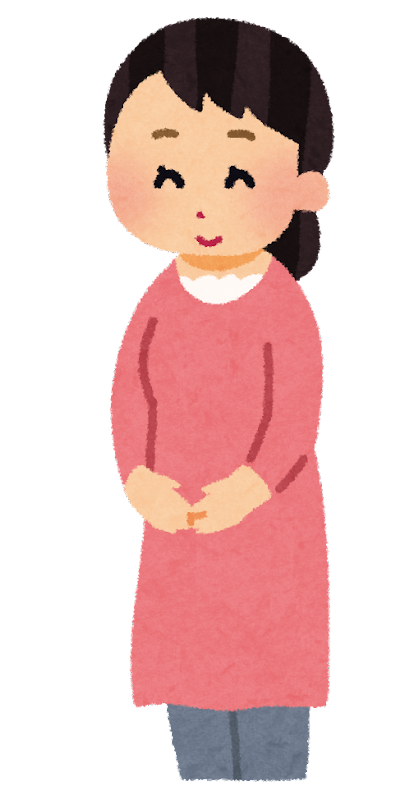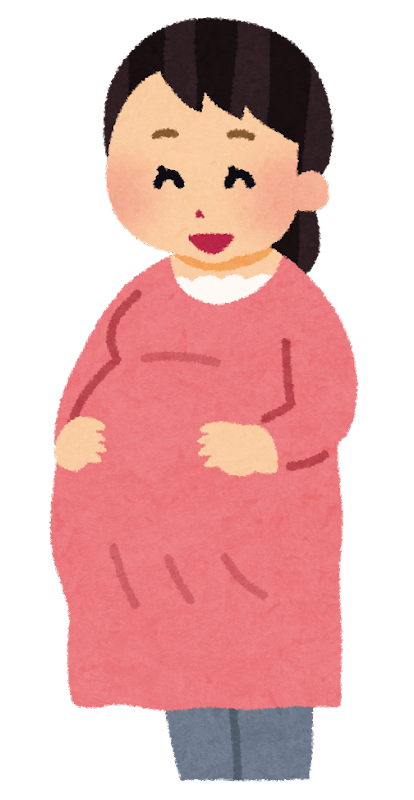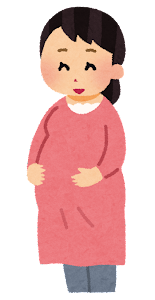①Things to prepare from submitting the pregnancy notice until birth
Receive a maternal and child health handbook
After submitting the pregnancy notice, you can receive a maternal and child health handbook. This handbook will keep track of various things, such as the mother's health and the baby's growth. Coupons that can make hospital examinations (bodily checkups) cheaper or free can also be received with this handbook. The handbook itself does not cost money. You can buy foreign language maternal and child health handbooks on the internet.
Search for a hospital to give birth at
You can give birth at a hospital with a maternity division or an obstetrics and gynecology department. Once you know you are pregnant, quickly make a reservation for giving birth.
Get checkups for the mother and unborn baby (examination)
Every month, get checkups at the hospital to check the health of the mother and baby.
Do paperwork to receive the Childbirth Lump Sum Grant
In Japan, it costs around ¥500,000 to give birth. If you are enrolled in health insurance, you can receive a childbirth lump sum grant payment of ¥420,000.
Take part in mother/father (papa, mama) classes
These are classes that teach you about childbirth, raising the child, and more. The city, town, or village where you live holds these classes. There are also cases where these classes are held at the hospitals where children are born.
Bodily changes
 |
|
 |
| First Trimester (From 1 to 4 months) |
Second Trimester (From 5 to 7 months) |
Third Trimester (From 8 to 10 months) |
| When morning sickness (when you feel bad) becomes difficult, and you can't retain fluids, go to the hospital. | Be careful of anemia (when your body's iron becomes low). | If you feel like your belly is painfully expanding, rest immediately. If the feeling continues, go to a hospital. |
②Things to do after the baby is born
★Do paperwork at the public office of the city, town, or village where you live★Submit a birth registration
Within 14 days after the baby is born, submit a birth registration to the city hall or public office of the town or village you live in. After that, if there is some necessary paperwork for the Immigration Services Agency of Japan, be sure to receive a Certificate of Acceptance of Birth Report, and a Certificate of Residence (which includes the name of the baby).
Receive a Welfare and Medical Beneficiary Certificate (Marufuku Card)
With this card, children of 0 years of age can go to the hospital for free.
Do the paperwork to receive child allowance
Child allowance is money used for raising a child.
★Do paperwork for the Immigration Services Agency of Japan, your embassy, and so on★
Obtain a status of residence, citizenship, and so on
If both the father and mother are foreign nationals, apply for residence permission within 30 days of the baby being born. Also, do the paperwork at an embassy (consulate) to obtain the baby's citizenship.
③Things to do for the health of the baby and mother
1 month checkup
Get a checkup for the condition of the baby's body, growth, and so on at the hospital where the baby was born.
Baby home visit
A midwife, public health nurse, or other professional will visit the home to check if the baby and mother are well. This is also a chance to consult about anything troubling you.
Get vaccinations
Around 2 months after the baby is born, begin getting shots to protect against getting sick.
Infant examinations
Get the baby's growth checked at places like hospitals. This will be done several times, such as when the baby is 4 months old, 7 months old, and 10 months old. The timing and place to get these examinations done will vary depending on the city, town, or village.
※Depending on the person, there are cases where the items in this list may not apply. Use this list as a reference, and check what is needed for your situation ahead of time.










